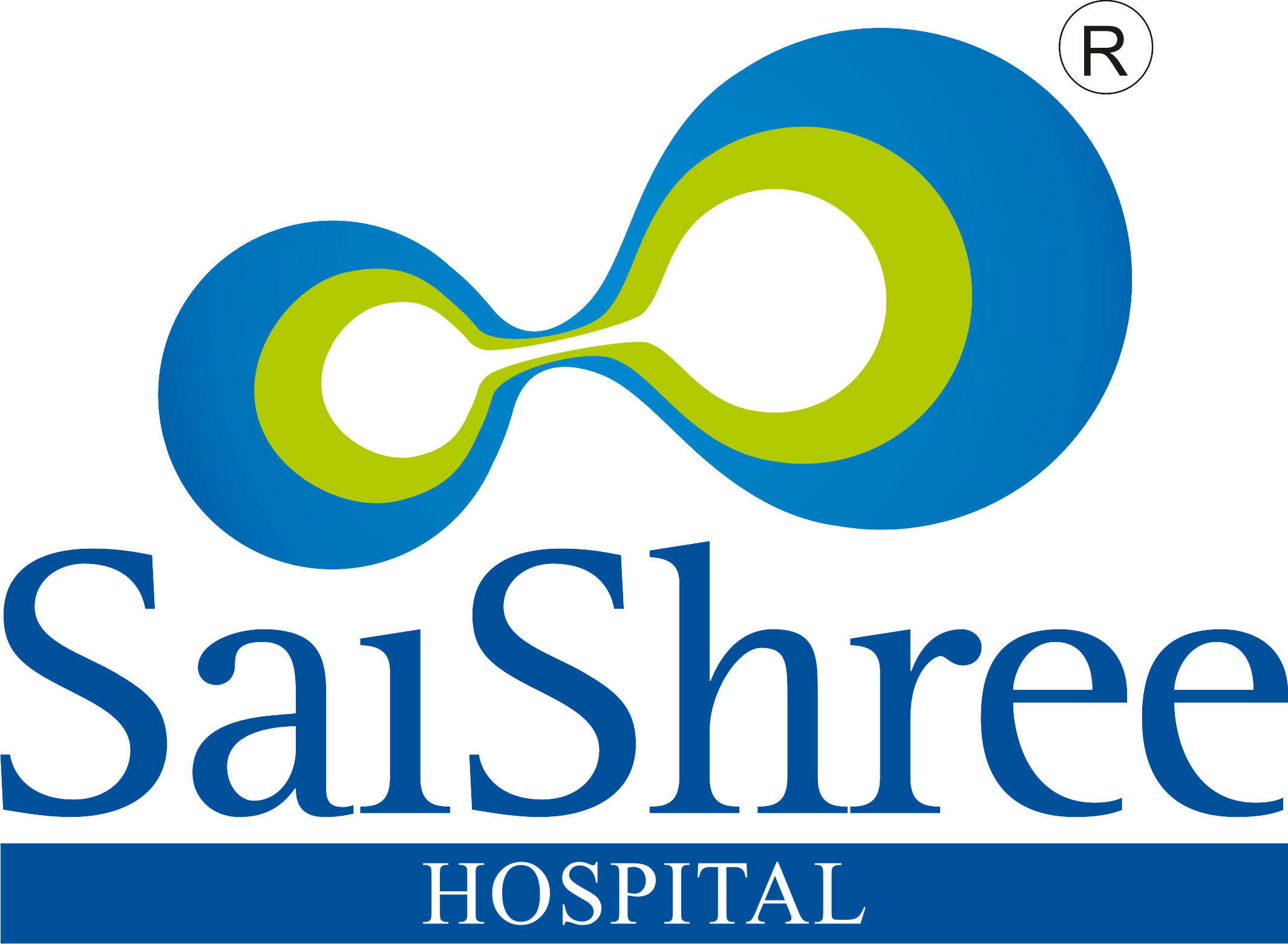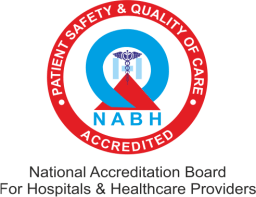A rotator cuff is a set of muscles and tendons surrounding the shoulder joint, keeping the head of the upper arm bone firmly held within the shallow socket of the shoulder. Sometimes, due to several reasons, any of these muscles and tendons get stressed and damaged, causing a Rotator Cuff Tear.
Rotator Cuff Tear is usually caused in people whose jobs require repeated overhead motions such as carpentry or house painting or athletes who play baseball, tennis, pitchers, archers, etc.
The commonly known symptoms of such tears include;
• Pain within the shoulder muscles
• Disturbed sleep when lying on the damaged cuff side
• Sudden weakness in the shoulder joint
• Difficulty and pain while performing overhead tasks
As the tears are mild at the beginning, it becomes hard to detect them without imaging techniques such as:
• X-rays may be used to visualize bone spurs or other potential causes for your pain although rotator cuff tear won’t show up on them.
• Ultrasound, where sound waves are used to produce images of soft tissues such as muscles and tendons.
• Magnetic resonance imaging (MRI) may also be required as in this technique, and the images obtained display all structures of the shoulder in great detail.
Treatment Options:
Conservative Remedies:
Remedies for minor rotator cuff pain and inflammation starts at home itself. In case the cuff injury is that minor, your doctor may suggest traditional treatments:
Ice and Heat packs: Applying Ice packs for 15 to 20 minutes every day until the inflammation stops and then using heat packs for a few days to relax the shoulder muscles.
Pain Medications: you may be asked to complete a course of pain-relieving medications for a few weeks, or you may be suggested some over-the-counter medicines.
Resting the shoulder: you may be asked to avoid lifting weights and performing shoulder straining tasks.
Injections:
If the injury is quite severe and causing trouble while sleeping, exercising and other daily activities, you may be asked to take steroid injections in the shoulder joint.
These injections are temporary options for relieving pain and involve risks of weakening the tendons instead.
Physical therapy:
Physical therapy exercises are the first treatment option suggested by any good doctor as most common injuries have good chances of healing that way.
Exercises which are devised for the specific portions of your rotator cuff injury can help restore flexibility and strength to your shoulder.
Surgical Treatment Options:
However, when none of the non-invasive technique works, surgery is the best and the most effective option for all. Based on the type of injury, the rotator cuff can be treated in the following surgical ways:
Arthroscopic Tendon Repair:
• In this procedure, the surgeon inserts a tiny camera (arthroscope) and tools through the small tube-like incisions that are made to reach the damaged tendon and reattach it to the bone.
• It is the most minimally invasive technique for this surgery, which provides fast recovery.
Open Tendon Repair:
• Rarely an open tendon repair is required for repairing completely torn tendons.
• Here, the surgery makes incisions to expose the shoulder joint and repairs the damaged tendons.
• Compared to arthroscopic procedures, open tendon surgery typically requires the same healing time but is more painful and uncomfortable.
Tendon Transfer:
• If the torn tendon is too damaged to be reattached to the arm bone, surgeons may decide to use a nearby tendon as a replacement for it.
Shoulder Replacement Surgery:
• When the tendons are entirely torn, rendering the shoulder joint unfunctional, the only convenient option is to replace the shoulder joint.
• To improve the artificial joint’s stability and mobility, an innovative technique called ‘reverse shoulder arthroplasty’ is used.
• For reverse shoulder, rotator cuff arthroplasty is the indication for surgery when joint shows gross degenerative changes with severe pain
• The reversed total shoulder prosthesis is designed reversely, i.e. with a socket where the shoulder ball (head of the humerus) is usually located and a ball where the shoulder socket (glenoid) is usually located.
If you’re looking for a good shoulder surgeon in Pune, then you may find your best solutions in Sai Shree Hospital for Special Surgery. Surgeons at Sai Shree hospital are widely praised for performing the best shoulder replacement surgery in Pune. Visit the Sai Shree Website to learn more.


